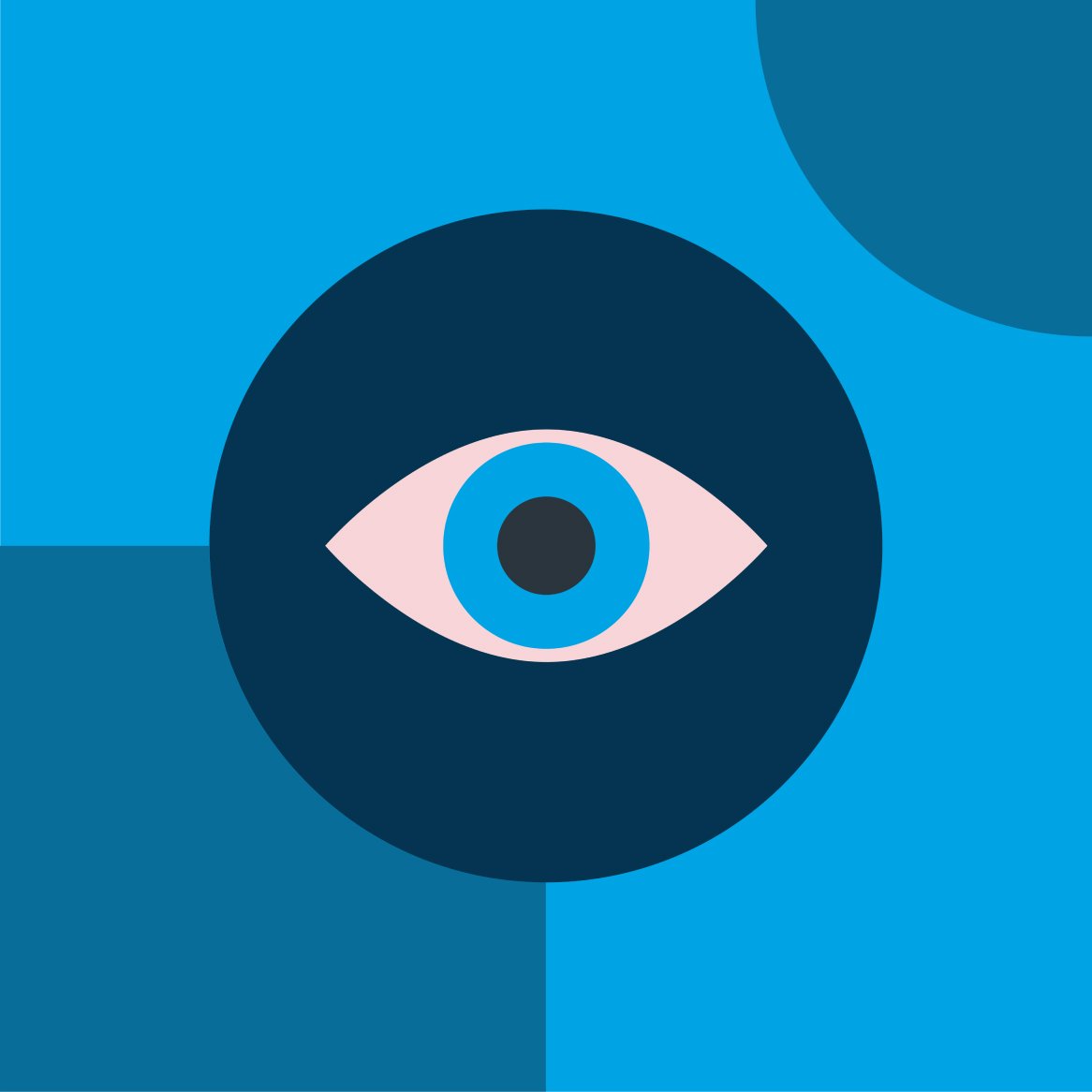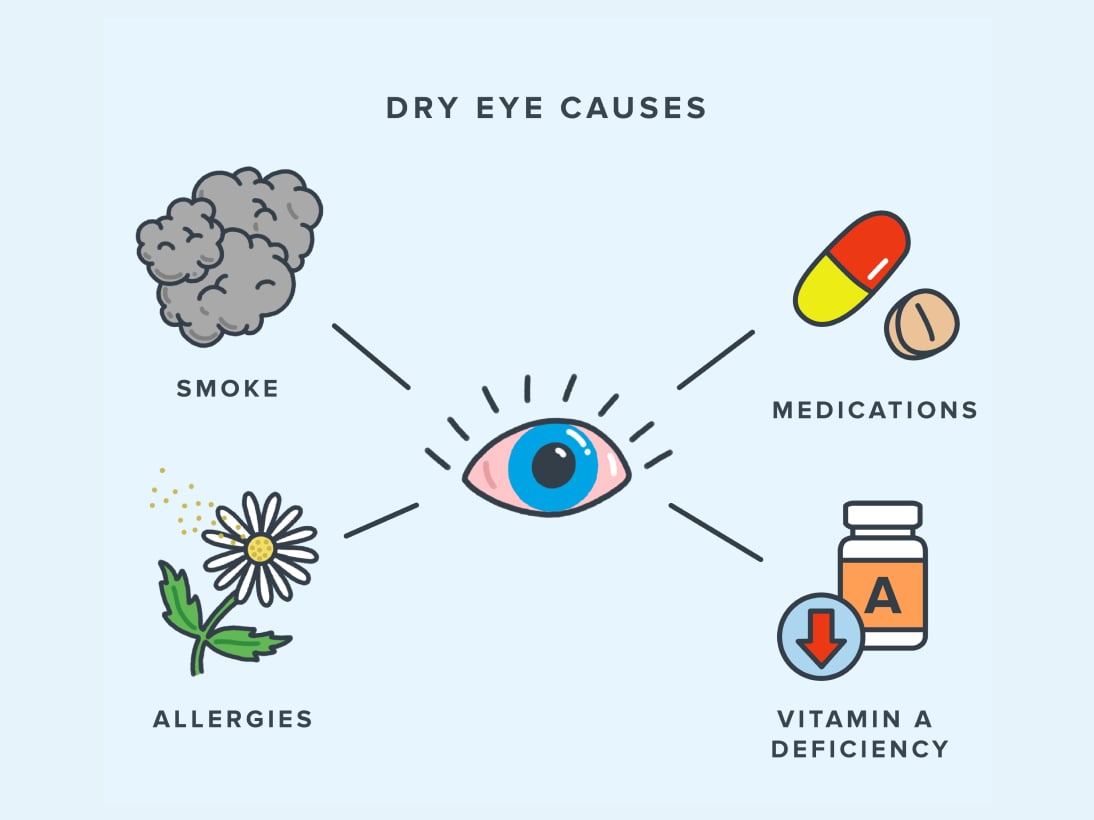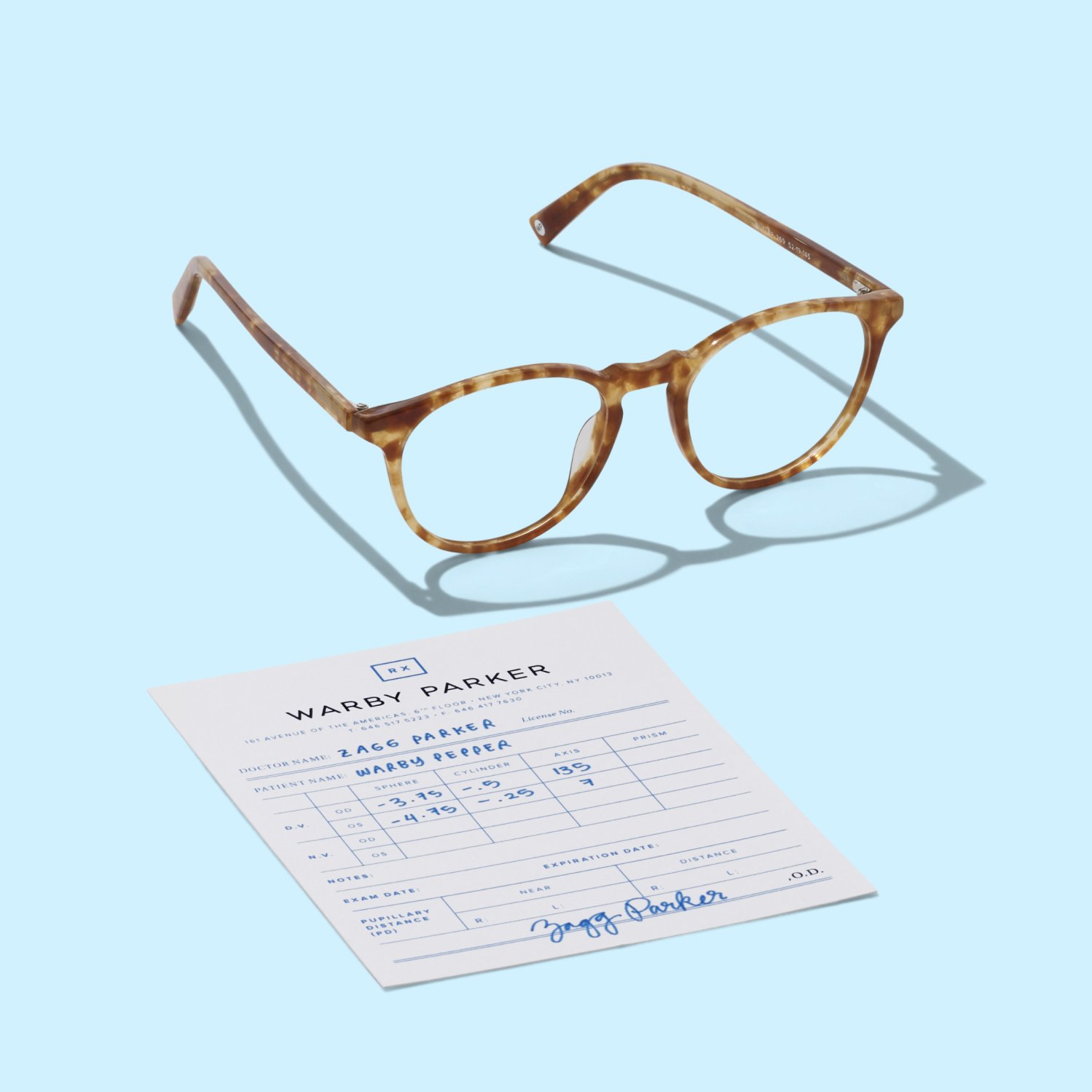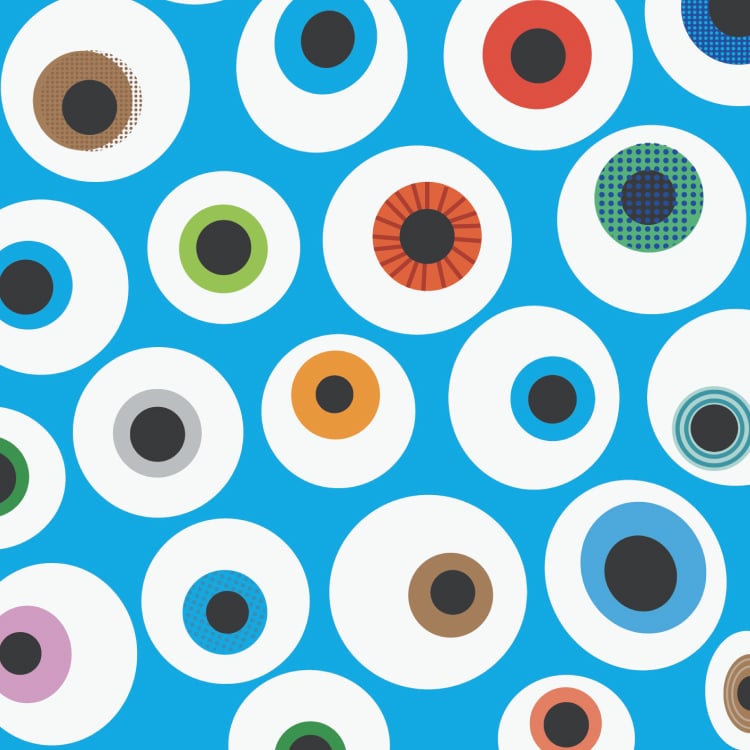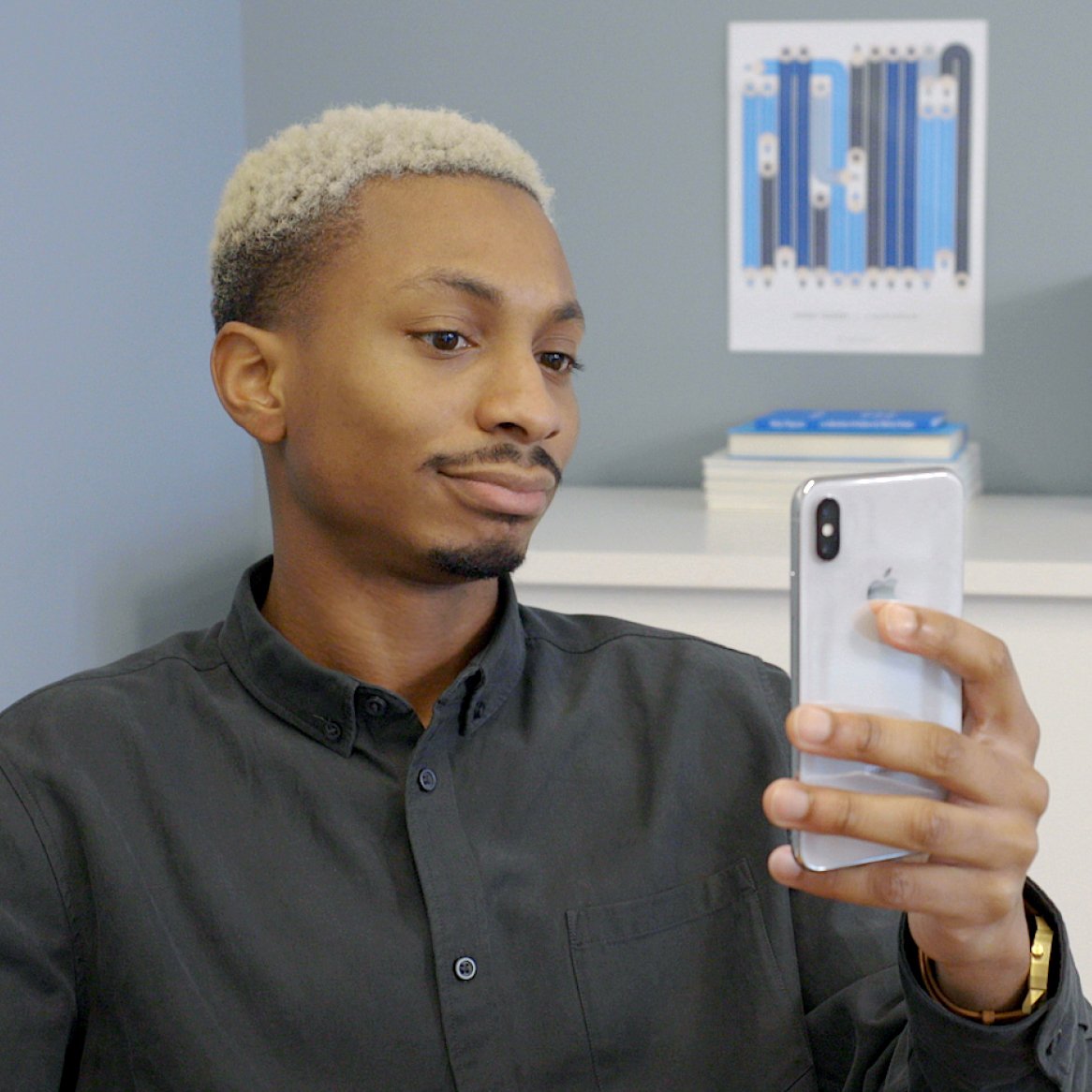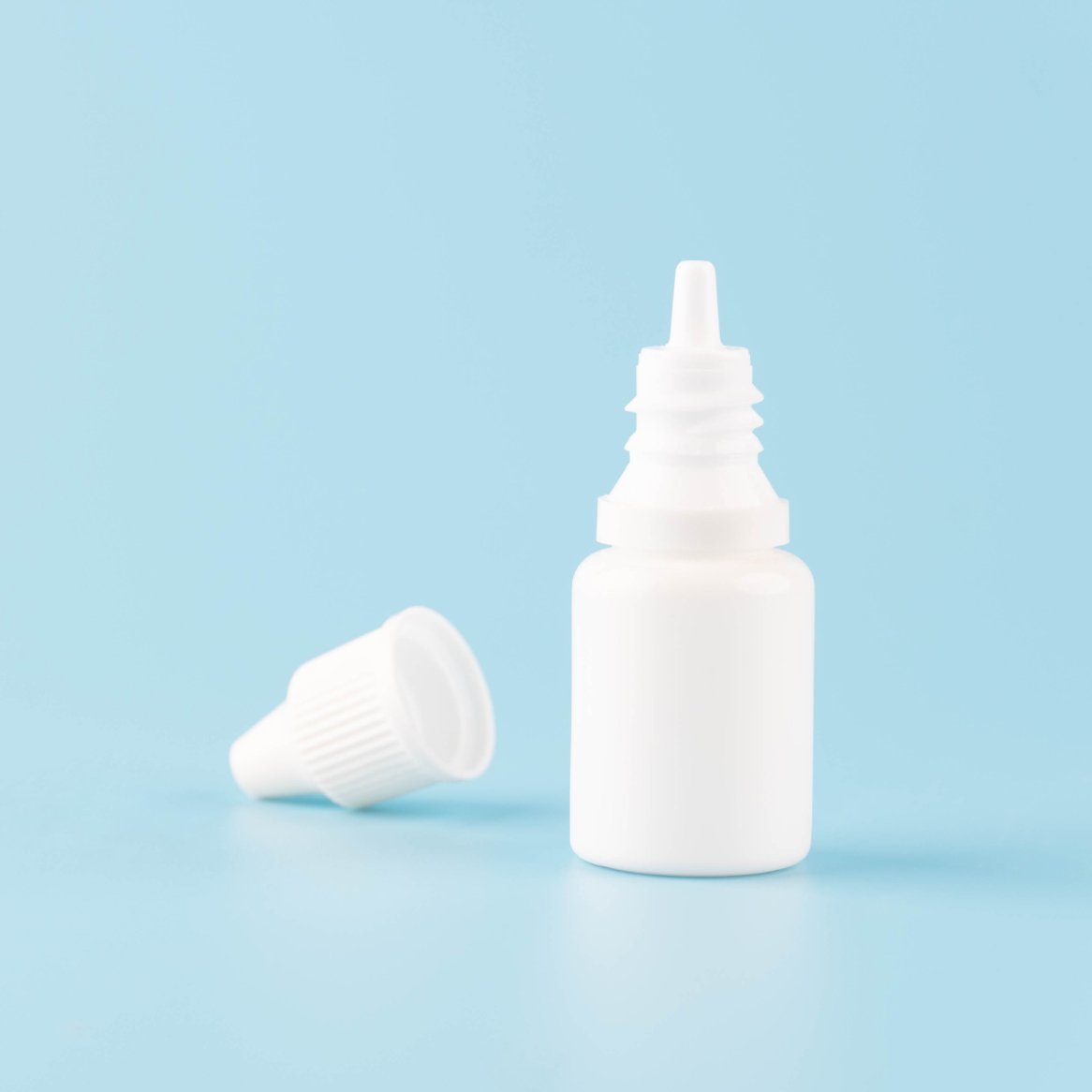Dry eyes are a common eye condition affecting millions of people each year. If you’ve experienced dry eyes, you’ve probably felt some level of discomfort because of it. Sometimes you might experience watery eyes or a scratchy sensation. And if it’s not addressed, dry eye syndrome may lead to other eye issues.
This article will discuss the causes of dry eyes, some dry eye symptoms you may experience, and treatment options to help you better manage this eye condition.
What Is Dry Eye?
Dry eye (also known as dry eye syndrome) is a condition where the eyes can’t produce enough quality tears to lubricate the surface of the eye. Typically with dry eye syndrome, your eyes don’t produce enough tears, or they don’t produce tears that work how they are supposed to.
When tears do their job, they provide a protective film of moisture that keeps the eyes wet throughout the day and helps stop foreign bodies (e.g., dust, dirt, etc.) from entering and harming your eyes.
If you have dry eye syndrome, your eyes lack this protective film of tears. If not treated properly, it can cause various eye conditions, such as inflammation of the eyes or an infection.
Types of Dry Eye
Dry eyes can be temporary or chronic. There are two main types of chronic dry eyes. Sometimes, the type may impact the treatment your eye doctor recommends.
Aqueous Tear-deficient Dry Eye
This type of dry eye syndrome occurs when the lacrimal glands make tears with a low water component level. This makes it impossible for the surface of the eye to stay hydrated.
Evaporative Dry Eye
Evaporative dry eye happens when the meibomian glands (small glands in the eyelids) become inflamed and can’t function properly. These glands add a naturally oily substance to tears to keep them from evaporating too quickly.
Symptoms of Dry Eye
Dry eye syndrome often causes discomfort or eye pain. It might feel like something is stuck in your eye (like a pesky eyelash), or you could even experience a burning sensation. However, symptoms will vary depending on each person.
Here are some common signs to look out for:
- Blurry vision
- Burning or stinging eyes
- Difficulty keeping the eyes open
- Discomfort when wearing contacts
- Light sensitivity
- Mucus around the eye
- Red eyes
- Scratchy eyes
- Watery eyes
What Causes Dry Eyes?
As we’ve mentioned, dry eye syndrome is caused by a shortage of tears or tears that don’t work properly. There are multiple causes that can lead to dry eyes, including:
- Certain medications, such as some allergy medications or antidepressants
- Environmental factors, such as wind, smoke, or dry climates
- Eye-related allergies
- Eye conditions like blepharitis
- Infrequent blinking, which may occur while a person is concentrating
- Negative reaction to eye drops
- Vitamin A deficiency
Apart from these causes, some people may be more likely to develop this condition than others.
For example, many people may develop dry eyes as they age. The body naturally produces fewer tears as one gets older, so it’s common for adults to experience dry eye symptoms later in life.
Let’s review some of the most common risk factors associated with dry eye syndrome.
Who Is at Risk of Having Dry Eye?
Dry eye syndrome can happen to anyone, but the following individuals may have a higher risk of developing the condition:
- Adults 50 years of age or older
- Contact lens wearers
- People with certain medical conditions, such as Sjogren’s syndrome or lupus
- People who have had refractive surgery (laser eye surgery)
- Smokers or people who are regularly in contact with second-hand smoke
- Women
Treatment for Dry Eyes
There are various ways to treat dry eyes, but artificial tears are the most common treatment method. These eye drops can lubricate and hydrate the eyes. Both over-the-counter and prescription drops are available, and it may take some trial and error to find the type of eye drops that work for you.
If over-the-counter eye drops aren’t enough, we recommend speaking with your optometrist or an eye professional. They can recommend prescription eye drops, ointments, tear duct plugs (punctal plugs), supplements, or lifestyle changes to improve your condition. In more serious cases, they may also recommend surgery. However, this treatment method is particularly rare.
Dry Eyes Are Treatable—Talk to Your Eye Doctor Today
Your eyes need hydration to stay healthy, and without adequate lubrication, your dry eyes may lead to more serious health conditions. Although there is no ultimate cure, dry eye syndrome is treatable and manageable.
It’s best to speak to your optometrist if you think you have dry eye syndrome. They can help you choose the most effective action to take, including the best eye drops for dry eyes.

